The Summit of Mauna Kea
“See her in the white veils of winter
Or the glory of her golden summer sun
Here, in this land of forever
Here, where dreams are begun.”
–Snows of Mauna Kea, Jay Larrin
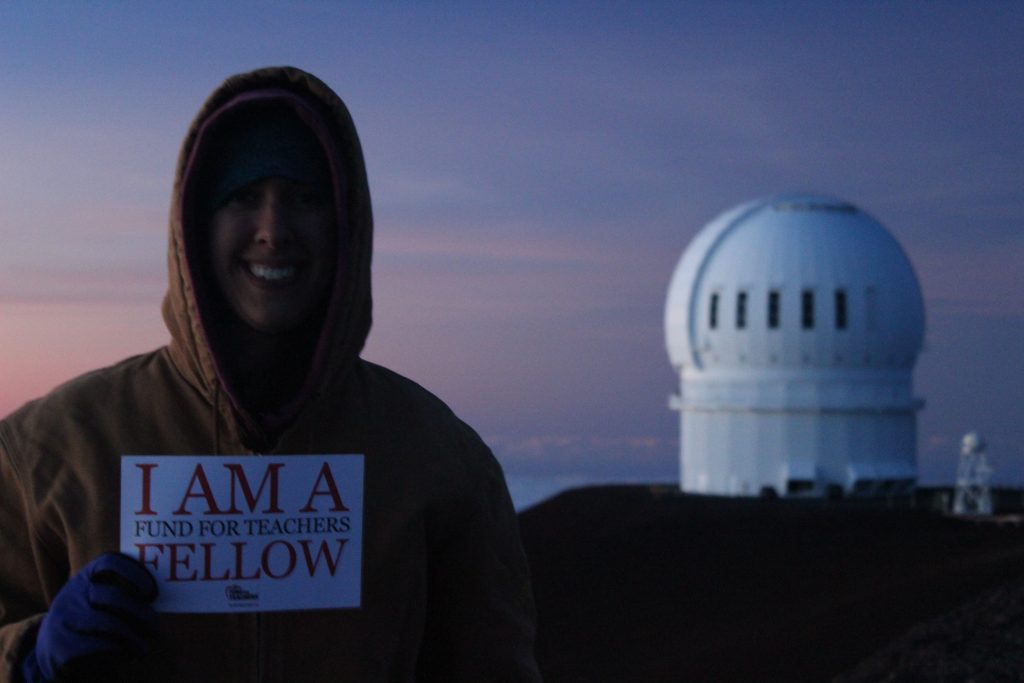
At the summit of Mauna Kea.
Last night, Monday, Drew and I joined a tour group to “climb” (drive) to the top of Mauna Kea (“Maw-nuh Kay-uh”), a dormant volcano and, when measured from its base in the ocean, the tallest mountain on Earth. it’s peak measures 33,000 feet from it’s ocean base and approximately 13,800 feet above sea level. This height and the volcano’s seclusion, among other reasons, has made Mauna Kea one of the top sites on Earth for astrological observation, and the summit is host to thirteen huge telescopes funded by over ten countries. Even at the Visitor’s Information Station at 9,000 feet, you’re above a layer of clouds.
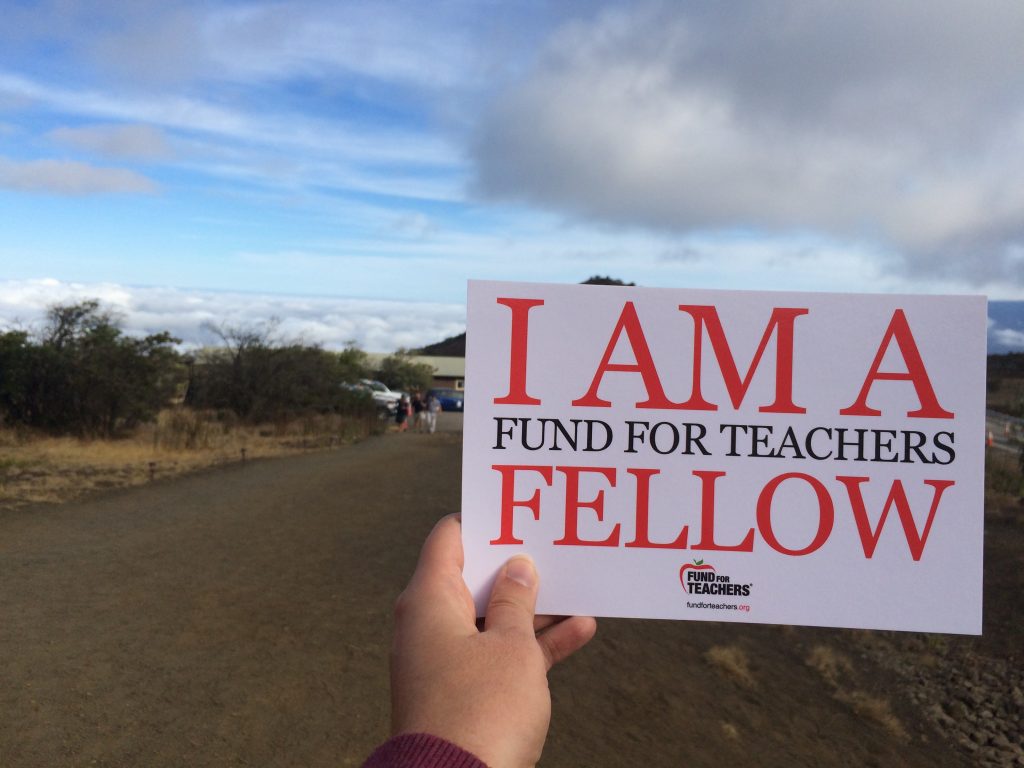
In addition to housing the Observatories, the peaks of Mauna Kea, which means “White Mountain” in Hawaiian, are considered sacred according to Hawaiian Mythology. The most well-known Hawaiian deity to reside on the mountain is Poli‘ahu, the Goddess of Snow, who lives in Pu’u Poli’ahu, a cinder cone near the summit. Poli’ahu is the sister of Pele, the Goddess of Fire and Volcanoes and shaper of the Hawaiian islands who resides in the Halemaʻumaʻu crater at the summit caldera of Kīlauea.
Our little rental car putt-putted it’s way to the Visitor Information Station (VIS), a small building 9,000 feet above sea level, where we met up with our tour group. a You don’t realize how much oxygen you’re used to until you’re trudging up a hill 9,000 feet high! We spent some time acclimating to the altitude before piling into the van for the bumpy ride the rest of the way up the summit, which is only accessible to vehicles with 4wd. Our tour guide told us that the road is only paved up to the VIS and then again right before the summit with a rocky dirt road in between to encourage carpooling and to cut down on the number of visitor’s to the summit, helping to preserve the sacred site.
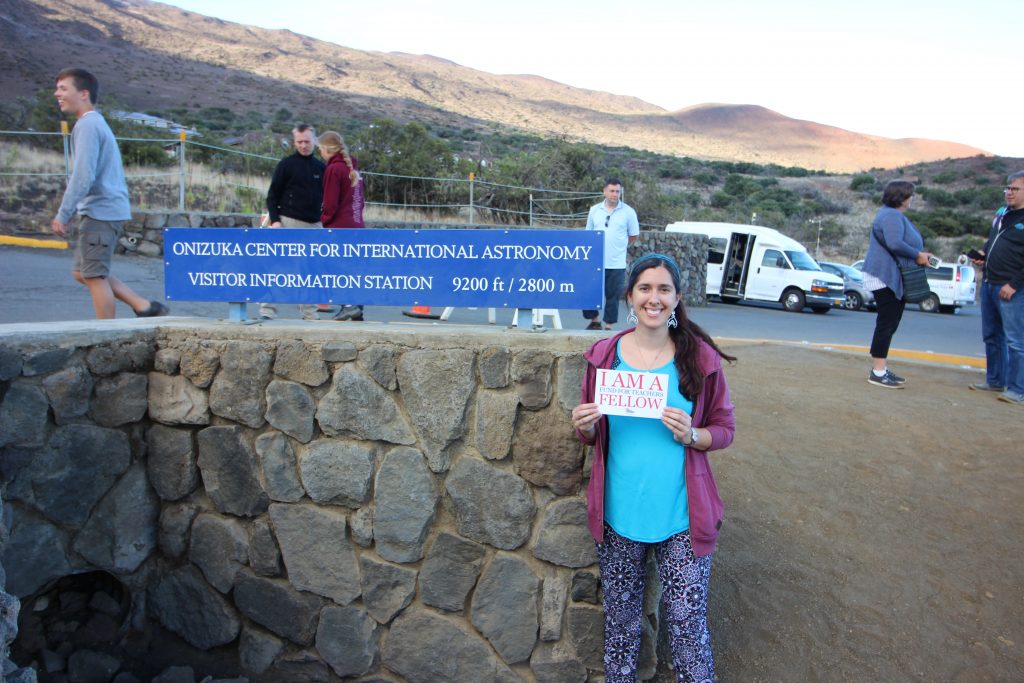
On the way up to the summit, we passed the Pu’u Poli’ahu cinder cone. A cinder cone is much smaller than a volcano, and it forms when a crack forms in the Earth’s crust and glassy, porous lava sprays out. That lava, aptly called “cinder,” lands in a hill around the crack, forming the cone or upside-down-bowl-shaped cinder cone. The landscape surrounding Mauna Kea is dotted with many cinder cones of varying sizes.
Our tour guide told us that the true high point of Mauna Kea lies on a peak right next to the observatories, but this area is off-limits to non-native Hawaiians due to the sacred nature of the peak (unfortunately, many people ignored the sign asking people to please stay off of the peak and climbed it anyway). We got to the summit observatories about 45 minutes before sunset. Decked out in our gloves and borrowed jackets (it was about 38*F 13,800 feet up, a stark contrast to the 80*F at sea level we’d been in earlier that day), we had just enough time to wander around looking at the giant telescopes and to admire the scenery. I don’t have many photos on my phone from the sunset, but hopefully I’ll be able to update this soon with the photos I have on my camera’s memory card (edit: I’ve updated!)!
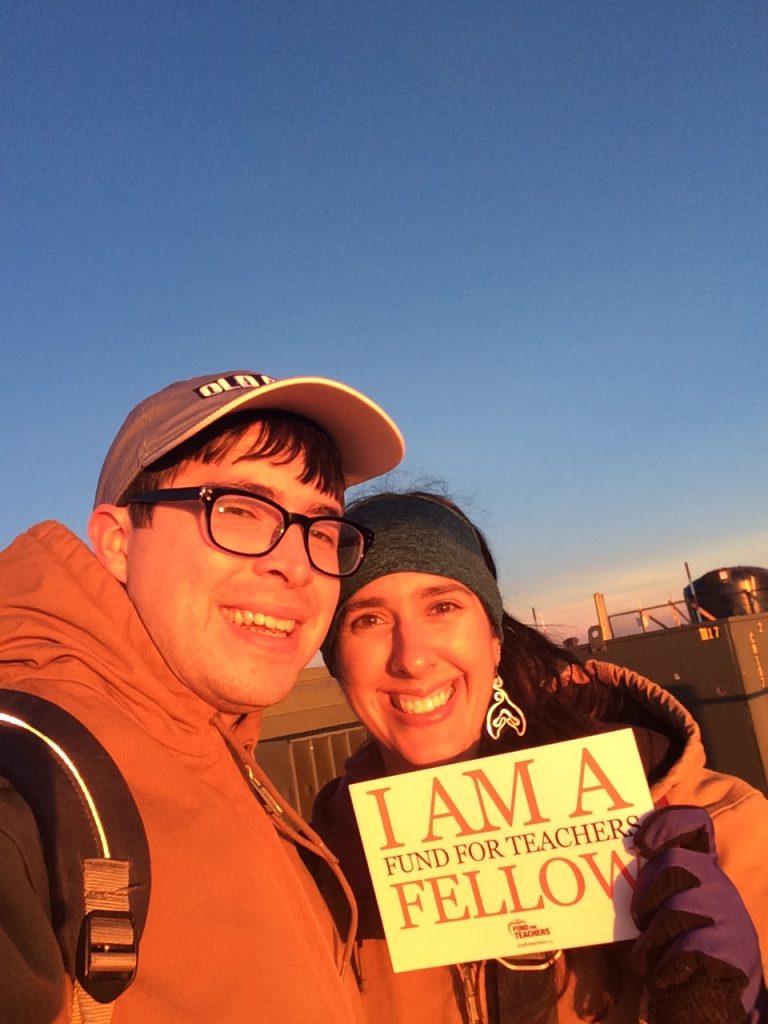
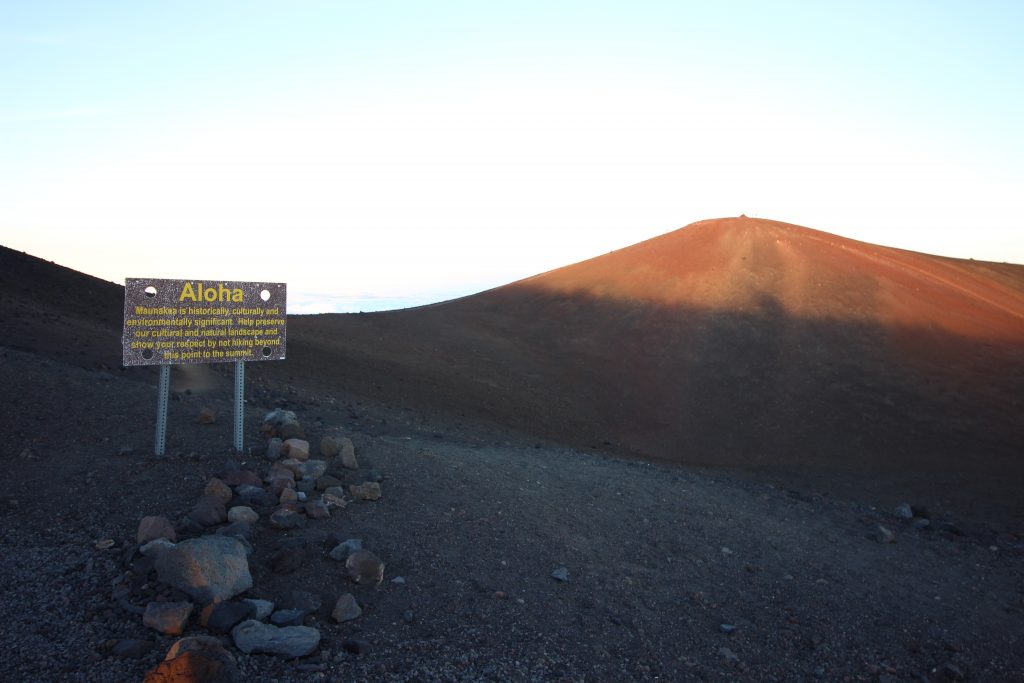
To the right is the sacred peak of Mauna Kea and possibly the most sacred place in all of Hawai’i. The sign requests that visitors not of Hawaiian descent not pass the sign and climb the peak, which some people unfortunately ignored.
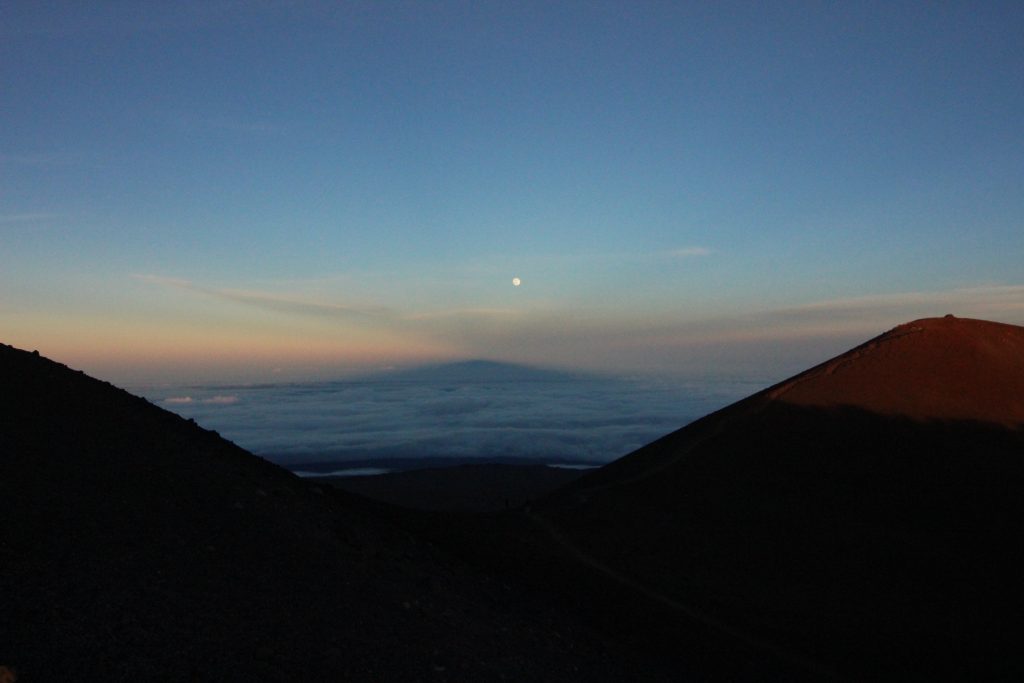
The shadow of Mauna Kea cast by the setting sun and the rising full moon in the distance.
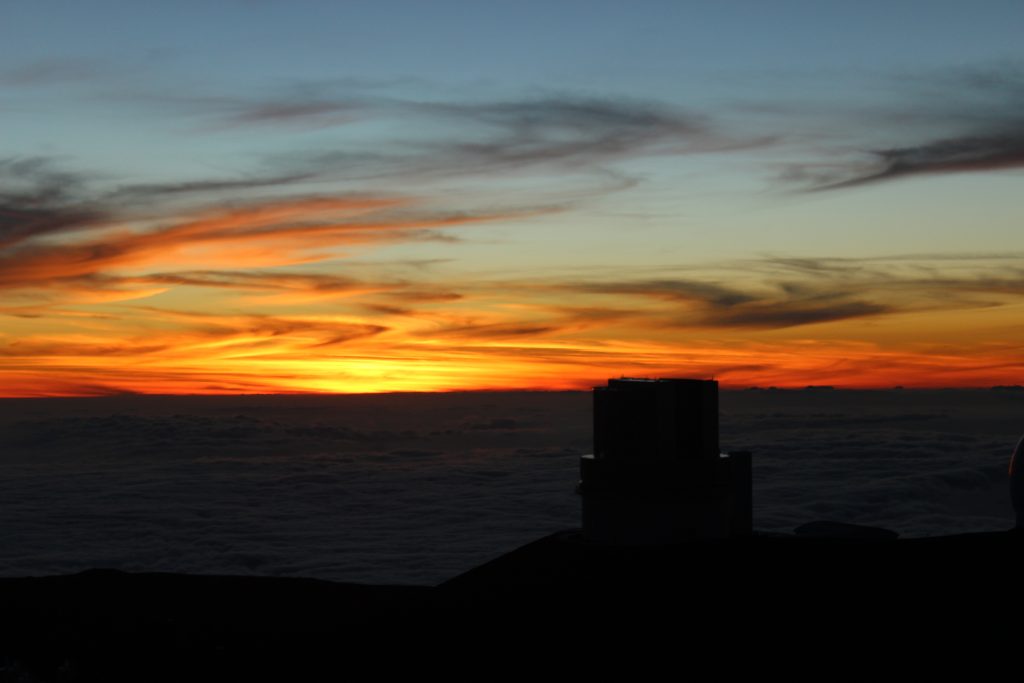

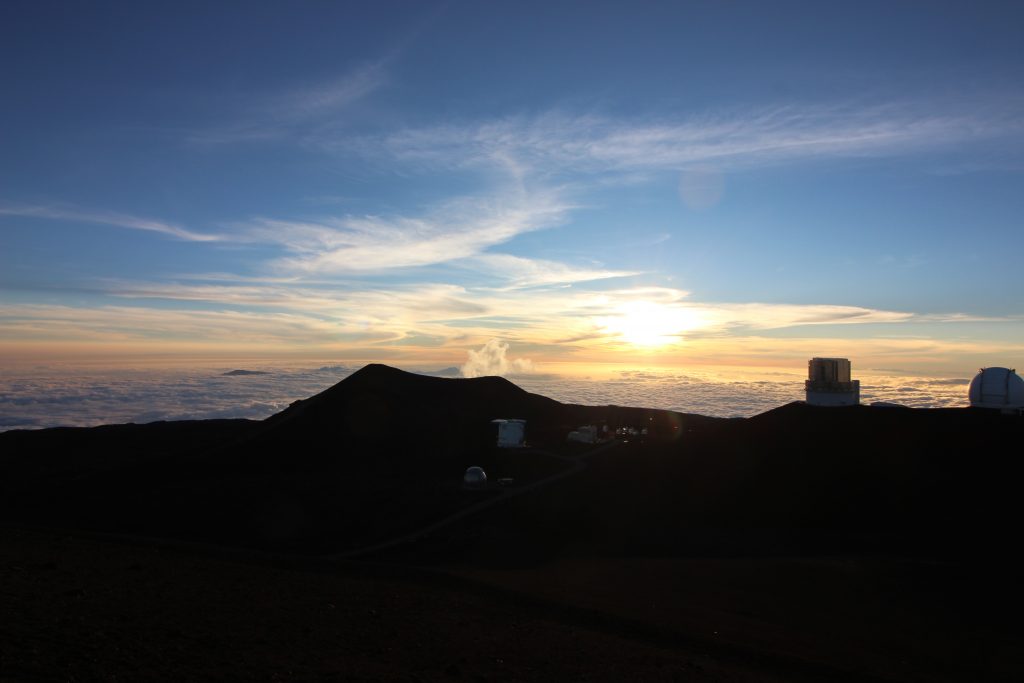
Various telescopes dotting the top of the mountain.
After the sun set, we made our way back to the VIS, where our tour guide gave us some hot cocoa and took us to a field for some stargazing. He taught us how to use our hands to find the North Star, and point out various constellations. One of my favorite stories that he told was of the constellation we commonly know as Scorpio, the scorpion-shaped constellation. The story goes that Scorpio was commanded by a goddess to sting Orion as his punishment for killing many animals as a hunter. Orion died as a result of the sting and his likeness was placed in the sky as the winter constellation Orion. Scorpio was also memorialized as a constellation, but was placed on the opposite side of the celestial globe as a summer constellation to keep Orion and Scorpio from continuing to fight. As an interesting aside, In Hawaiian culture, the constellation Scorpio is known as a Makau Nui o Māui, or Maui’s fishhook!
Bonus: Here’s the song quoted at the top of this post, a version of which was performed at the storytelling event last night!
Bonus #2: Sorry Drew.
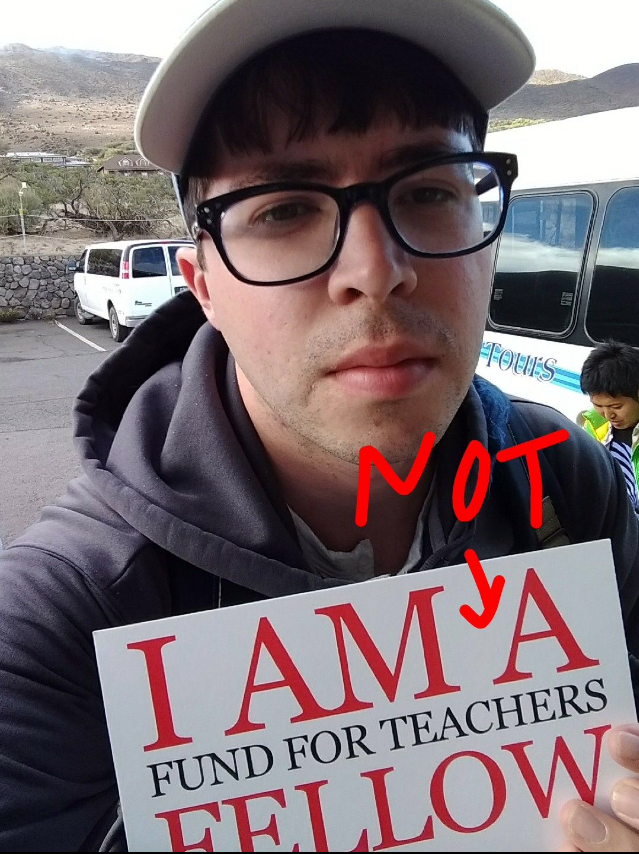
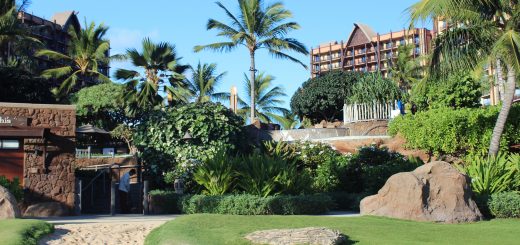

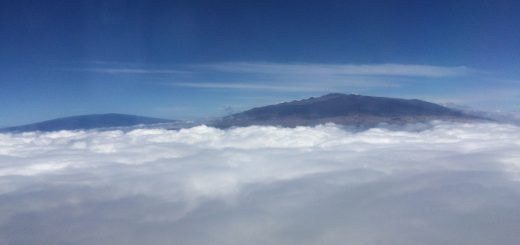


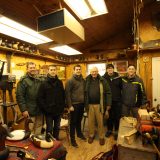
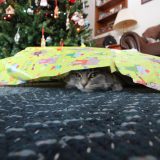
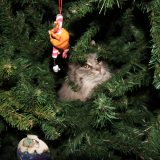
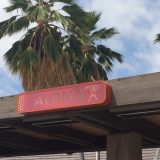
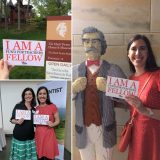
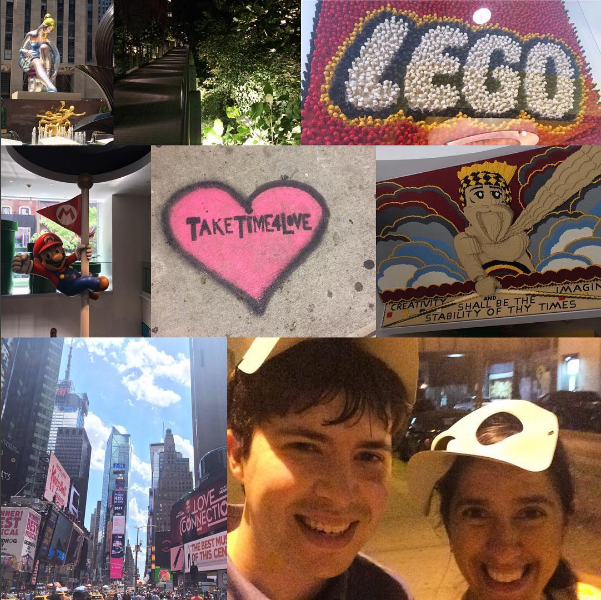
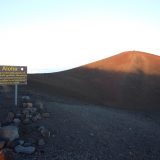
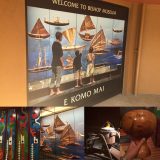
Amazing! Thanks for sharing your journey, Drew!